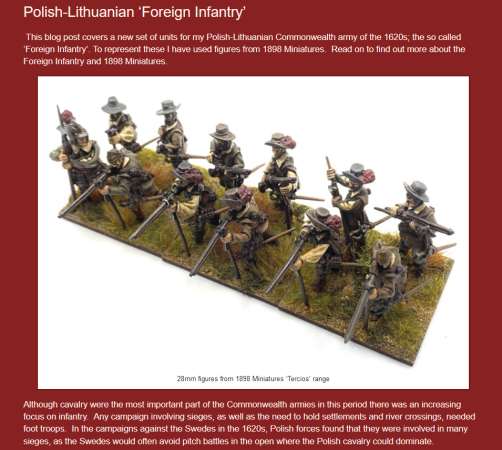
Here's a look with some of the port ratlines fitted.

More done - the whole port side mounted.

The entire ratline kit has now been mounted. It is very important to test-fit each piece before fixing in place.
To fix them in place, I put a dab of superglue on a penny. Then, while holding the ratline gently with tweezers, with a pinhead I put a dab on the backside of the top of the ratline, and several dabs on the side of the channels. I then tip the top into place, and let the ratline fall onto the channel. Repositioning can be done if one is quick.
I normally do all the lower ratlines on one side, then the other, then repeat the process with the upper ratlines.

Next, while the ratline glue is drying, I set the ship on a 30mm x 75mm rectangle of matteboard and with Reaper White, lightly pick out some areas outlining the ship's hull. For the matteboard, I use a blue-surfaced, black-all-through variety available at my local Hobby Lobby/MJD/Michaels.
I position the ship such that there is an equal distance from the front of the rectangle to the tip of the bowsprit, compared to the rear of the rectangle to the taffrail. This means the hull actually sits a bit to the rear, but the overall effect is one of nice symmetry.

With rough edges picked out, I take the ship off and add a little more white "water." In reality, the 4-7 knots these ships made in battle would not kick up a lot of white water, but a good bow wave and wake really enhances the perception of movement.

Here is the ship sitting on the finished base. (I will not actually glue it there yet.)

Back to the rigging! Here, I have already cut 5 lengths of thread - about 75mm each. These will be my backstays. One by one, with superglue on a pin, I dab a bit onto the top of each of the foremast trucks, and affix the thread into the glue, with an equal amount of thread on each side.
I allow these to dry as I repeat the process with the mainmast and the mizzen. (Sometimes I use only one backstay on the mizzen.)
At this point, it looks like the ship is having a bad hair day!

When the glue at the trucks is dry, I put a dab at the back of one foremast channel, and pull the two foremast backstays taught, so that they run down through the dab. Normally they will adhere immediately, but sometimes they need to be held in place for a while. Avoid repeated application of glue here, if possible. Repeat the process for each of the 5 remaining sets of backstays.
Also, in this picture, I have started adding running rigging. For this rigging, I have a very fine hairbrush, with extremely thin bristles mounted in clumps. I use a little bit of Reaper Wood Shade Stain, and dab that onto a clump so that the whole clump is dyed. After a while, I take the brush outside and flick the clump with my thumb, so as to loosen up any bristles that have stuck together. Flick away from yourself and anything of value, as flicking propels stain droplets!
When the clump is dry, I cut the entire clump off and spread it out on paper. I cut these to fit, and add them to the rigging by dabbing each end of a bristle into superglue and placing with tweezers. (I find this easier than working with thread.)

Money-shot from the stern quarter, showing all the rigging in place.
Note that some of the backstays have slipped a bit and loosened up. They will need to be reglued.

Money-shot from the starboard bow.
Once everything is dry, glue-wise, I finalize the painting, including:
- Touching up the sails with Butter Cream
- Drybrushing a light brown over the lowest details of the ratlines. This highlights the shroud chains. (Strictly speaking, the ratlines are only the horizontal ropes that the topmen use for climbing. The vertical ropes are called shrouds.)
- Touching up the gold
- Touching up parts of the hull and masts where the paint has worn from handling
- Painting the lowest part of the hull and the counter a dark brown
- Painting or highlighting the strakes and gunports (optional - varies from ship to ship)
- Adding a little color to the carvings at the head (optional)
Finally, the ship is affixed to the base using Elmer's Wood Glue - taking care not to submerge parts of the ship in glue blobs!









